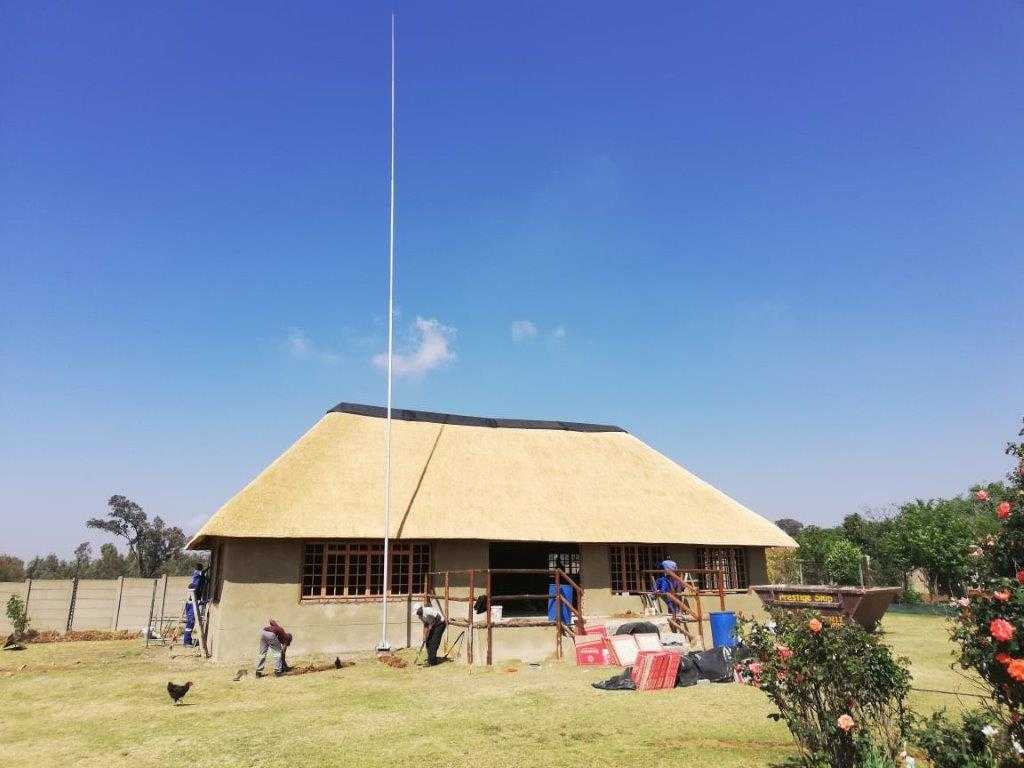A lightning pole is a metallic rod (usually copper) used for lightning protection, intercepting flashes and guiding them to the ground. Rods are usually located at the tops of structures and on ridges to prevent lightning from striking them. Low-impedance cables are used to connect them to the ground. Buildings have soil as their ground; ships have water.
Benjamin Franklin invented lightning poles in 1749. They were affixed to the top of buildings and called lightning attractor or Franklin Rods. Lightning is drawn to a higher metal point instead of striking the structure as a result of the invention.
Many homes across the country have a lightning pole installed, and they are not a thing of the past. The tops of buildings are equipped with multiple lightning poles that protect them from lightning. Due to their shorter stature, you do not see them anymore.
A lightning pole and grounding conductors protect buildings by diverting the current from non-conducting parts, where it then follows the path of least resistance and passes harmlessly through. By passing electricity through nonconducting materials, they are heated, causing fire and other damage. Lightning poles provide a cone of protection to structures less than 30 meters (about 100 feet) high whose ground radius is approximately equal to their height above the ground. The protection zone extends only 30 metres from the base of taller structures.
Lightning poles do not attract lightning, as it is a myth. It certainly doesn’t! The purpose of a lightning protection system is to simply intercept a lightning strike and allow the electricity to discharge to the ground.
Lightning poles give a structure protection from direct lightning strikes. However, a comprehensive lightning protection system would prevent fires and harmful electrical surges caused by lightning entering a structure by way of wires and pipes. Lighting protection may also be necessary for gas piping.
When a lightning strike strikes your house, what happens? Lightning strikes about one in 200 houses every year. Your level of risk can be affected by many factors, including whether higher structures are nearby (metal light poles can provide some protection), the local climate, etc. There is a danger of a fire starting. Often, fires start in areas that are not immediately obvious, such as the attic insulation. There may also be damage to appliances because of power surges. Direct strikes aren’t protected by surge protectors. The shock wave created by lightning can cause your windows to blow out, brick and stone chimneys to be damaged, and even your foundation to crack.
Contact us for more information on lightning and surge protection.

